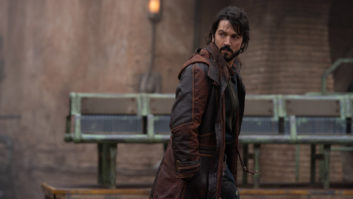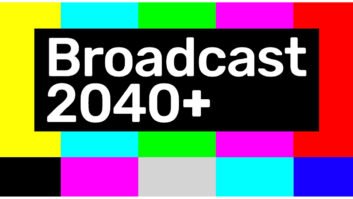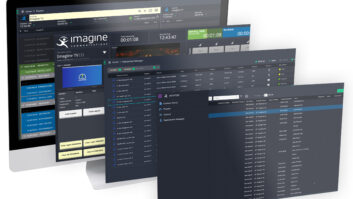Since John Logie Baird made the first experimental television broadcast for the BBC in 1929, the pace of technological change within the TV industry hasn’t stopped.
From SD to HD and UHD, satellite to IP and 5G, and film to digital, the TV industry is not backwards in moving forward.
But what’s happened to all the technology that’s fallen by the wayside? A group of TV enthusiasts is aiming to preserve the industry’s heritage with the launch of a museum at Hemswell Cliff, just outside Lincoln.
The Broadcast Engineering Conservation Group (BECG) was set up five years ago, almost by accident admits chairman Paul Marshall. “I’ve been collecting this stuff since I was about 14, and I’ve had three large outside broadcast vehicles for a long time,” he tells TVBEurope.
“We wanted to take my Southern one, which is the oldest fully operational outside broadcast truck in the world, to the last big Scampton Airshow and there were problems of getting into the RAF base without being a formal organisation.”
Thus the BECG was formed and following further discussion, the group decided to make things formal by registering as a charitable incorporated organisation (ICO).
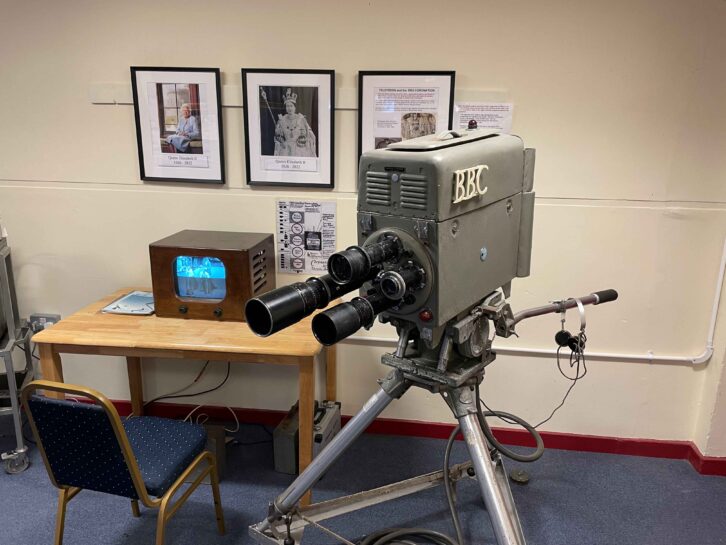
Marshall points out that there is no other organisation in the UK working to save these “engineering wonders” for the country. And it’s not just the kit that the BECG wants to preserve. “We are trying to save all the knowledge base that goes behind it,” he explains. “This is analogue television with a smattering of digital on the end of it, and it’s a skill set which has been lost. Analogue engineering is still very much in demand alongside digital.”
It’s not just ‘TV anoraks’ that are part of the BECG’s remit. The Group wants to make the general public aware of the equipment used to create some of TV’s most iconic moments. Among the kit on show at Hemswell Cliff is a Marconi MkII used to film Queen Elizabeth II’s Coronation in 1953, as well as one of the four Link 125 cameras that shot the video for rock band Queen’s hit, I Want to Break Free. “All of our bits of kit have got a history and the general public do latch on to that,” states Marshall.
The BECG is now in the process of expanding the Broadcast Engineering Museum at Hemswell Cliff, which will be home to all of its equipment, including multiple OB vans. They have taken over the 30,000 sq ft Sergeant’s Mess at the old RAF base, which had been derelict for over a decade. At the moment, the BECG is only able to hold open days rather than keep the building open all the time, with the next taking place on 25th and 26th May.
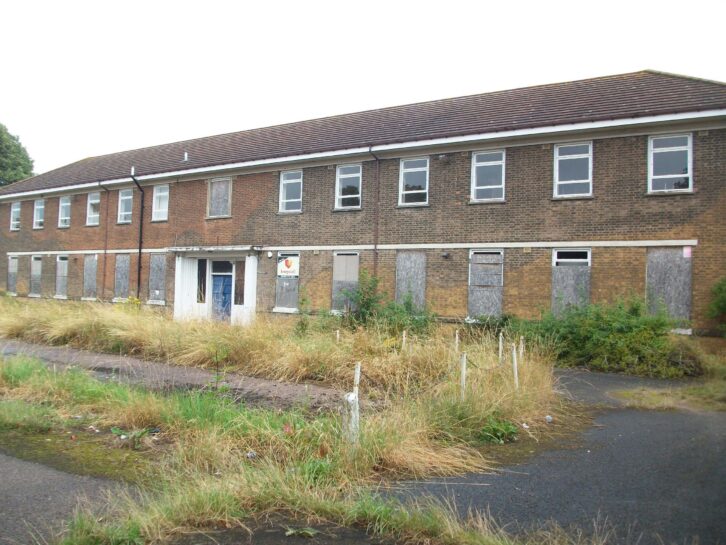
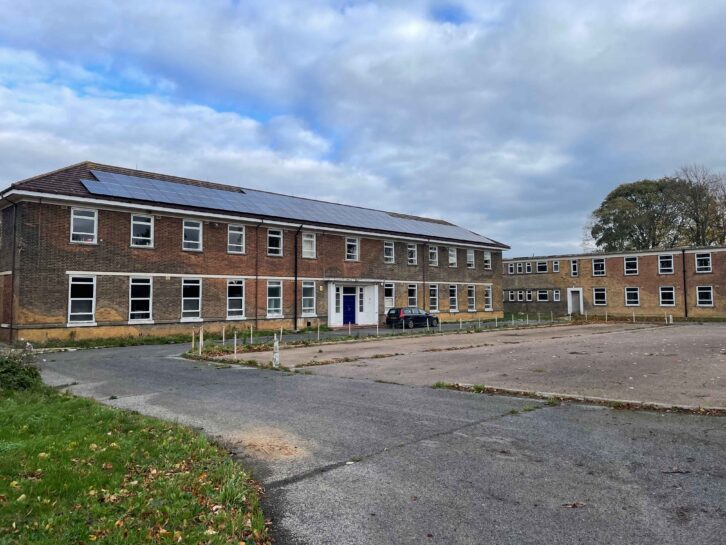
“All being well, we will progressively open more,” says Marshall. “We hope to be able to get more volunteers together that will help make it possible. We’re trying to create a ‘fragrant nosegay’ of what a television station would look like back in the ‘50s ‘60s ‘70s and ‘80s.
“We’ve got some of the first digital equipment designed in the UK and sold all over the world, including DICE, Digital Intercontinental Conversion Equipment, which was the means of converting American pictures into European and vice versa. It was designed in 1972 by the Independent Broadcasting Authority, who looked after ITV years ago. There were only 18 sold and they were about £250,000 a pop in the mid ‘70s.”
As well as being able to open more often, another key priority for the BECG is to catalogue its equipment, as Marshall says they currently have “no idea” how much they actually have.
“I think it’s fair to say we’ve got the largest collection of Telecine machines in Europe, possibly in the world,” he adds. “I think we’ve got about six at the moment, with one more to come.”
There are at least five outside broadcast trucks currently active, with the same amount in “restoration” mode. The most challenging has been the restoration of a former BBC OB Unit MCR23, 390 EXH, also known as Project Vivat. “We started with a vehicle that was seriously derelict and it was really fit for the scrap yard,” explains Marshall. “The equipment that we decided to put in it is from the mid-’50s. We fitted it out with equipment that has come from all over the world. The principal monitors, transmission and preview, came back from Australia.
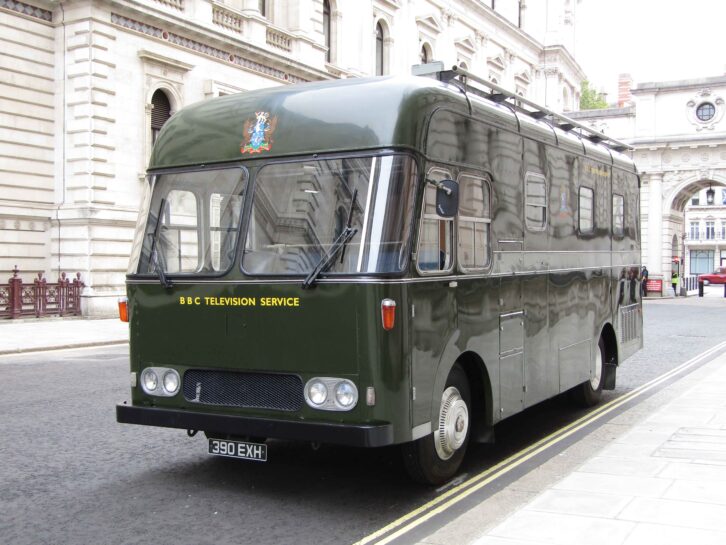
“We were on the cusp of going fully operational when the prospect of the Hemswell Cliff building came up, which was just short of three years ago. So sadly, Vivat didn’t reach a conclusion, although to the lay visitor, it is complete, because bits of it work”.
Other trucks that have been restored by the BECG or are in “maintenance mode” include a 1969 Bedford VAL used by Southern Television, a 1953 BBC Generator, and one of the “Yorkshire Twins” that opened the broadcaster’s service in 1968 when its studios weren’t ready. Marshall says the BECG is also open to housing trucks from more recent times. “For instance, last year we took on a 2005 ex-BBC satellite truck. That’s history, it’s nearly 20 years old.”
All visitors are encouraged to take a closer look at the OB trucks on display. “But it is slightly difficult with health and safety, particularly with Project Vivat, which has steps on it and I find it a bit challenging at times. But they’re original, so we can’t rip them out.
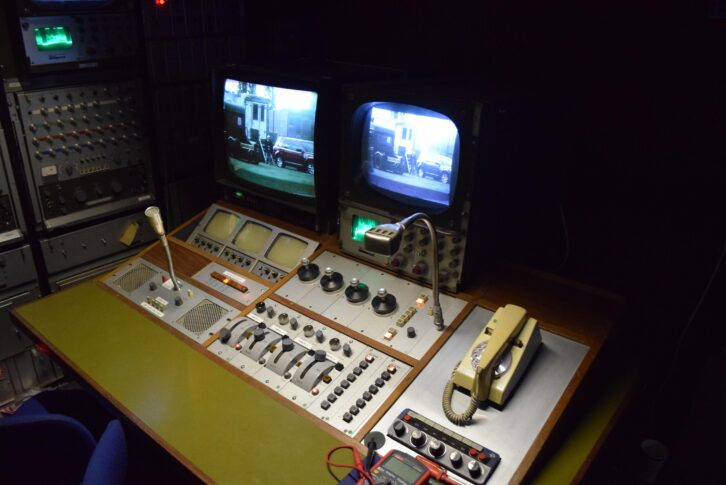
“The Southern truck is a lovely walkthrough. We’ve been taking it to shows for years, and we’ve got a pretty good patter going between me and several others when we’re showing people around the different departments in the truck, the sound area, production, engineering, and so on. We’ve got a new truck we’re working on at the moment, ABC Thames from 1967. It’s just come back from the vehicle spray shop and mechanical work, and that’s about to be fitted out. It’s another corridor train type and one of our members has got a BBC Type Five, which is another corridor type. We really want people on board but we do have to be careful about health and safety.”
The BECG is continuing to expand its collection, with the last analogue TV transmitter for the London region due to arrive soon. “It’s a Harris transmitter that was installed in 2000 and shut down in the analogue TV switch-off in 2012,” explains Marshall. “It’s an enormous thing, the size of several very large vans. It’s coming in sections, and we haven’t quite worked out where we’re going to put it. We’ve got space where it could go volume-wise but then you look at the floor and wonder if it can manage it.”
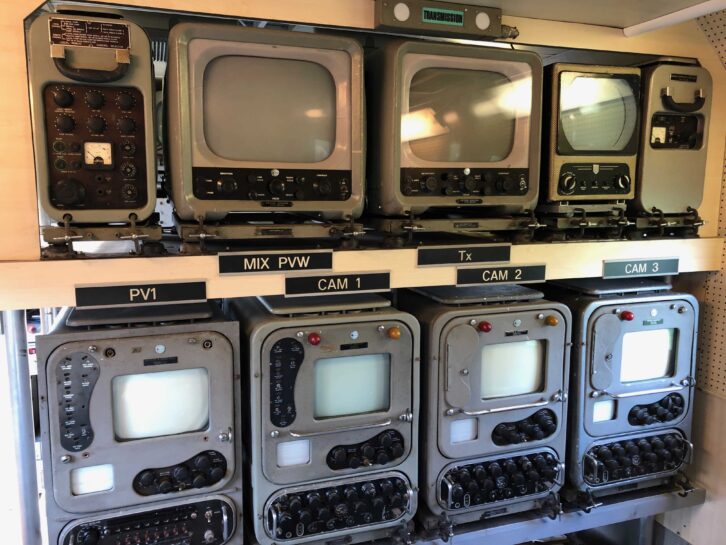
All of this takes money and time. As the BECG is a charity, it’s open to donations to help it continue its work, including equipment, time and money. It also is currently being funded by individual donors and so is looking for sponsorship.
“Now that we’ve sorted out the Hemswell Cliff building, including mending nearly 200 broken windows, amongst other things, we’re getting the displays together and we can show people around,” adds Marshall.
“We think we’ve got something unique in Europe, we don’t know of anything like us. There aren’t many places that are following through on preservation of the equipment long term. Cameras are designed to make pictures, aircraft were designed to fly. There are lots of preserved aircraft that fly so why aren’t there cameras that make pictures? That’s the logic we’re coming from.”
You can find out more about the BECG via its website and Facebook page.


